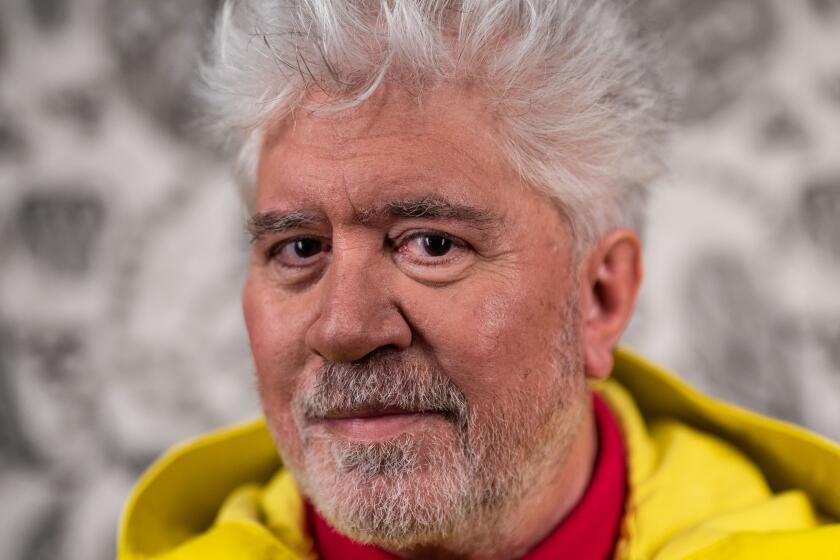‘The Night Eternal’ book review: Humans battle vampires
When Guillermo del Toro and Chuck Hogan set out to make vampires frightening again with their novel “The Strain,” the writing partners had their work cut out for them. The scariest thing about the sexy, brooding bad boys that seemed to be everywhere in pop culture was just how much of their initial bite they’d lost. Under the right circumstances, you could even take one home to meet Mom.
Del Toro and Hogan had a noble aim, and they certainly put their hearts into the endeavor. In “The Strain,” the calculating monster known only as the Master embarks on the first phase of his plan to subjugate humanity, stowing away on a plane bound for JFK and infecting the passengers with a virus that turns them into mindless, hairless, crimson-eyed minions who feast on blood through fleshy stingers in their throats.
The follow-up, “The Fall,” sees the Master expand his dominion despite the best efforts of a group of resistance fighters to stop him. Now, in “The Night Eternal,” the concluding installment in the trilogy, the Master essentially has accomplished his aims, herding survivors into camps to harvest their blood, while his acolytes keep watch over what little remains of the modern world. Thanks to the nuclear winter that blankets the earth, blotting out all but a few hours of meager daylight, the creatures are essentially invulnerable.
But that doesn’t stop former epidemiologist Ephraim Goodweather and his allies from keeping up their resistance efforts, even if they’re the worse for wear. Grappling with grief over the abduction of his 13-year-old son by the Master, Eph is malnourished and popping pills; his former colleague and lover Nora Martinez finds herself imprisoned in an internment camp. Ex-gang member Augustin Elizalde is on a vigilante crusade, and exterminator Vasiliy Fet is struggling to protect and decipher the “Occido Lumen,” a book said to hold the secret to the Master’s defeat.
On Fet’s side is the hulking Mr. Quinlan, a half-vampire sired by the Master, who’s driven by a need for revenge. Quinlan is a fascinating being, and the interludes where del Toro and Hogan delve into his history are particularly gripping. So, too, is the Biblical back story of the Master — and of the entire vampire race. Yet the narrative on the whole leaves a somewhat unsatisfying note.
Consider it a case of raised expectations. Del Toro and Hogan invested the first two novels with a powerful sense of ticking-clock urgency, propelling readers forward through a tightly constructed narrative hurtling toward apocalypse. First Manhattan, then the five boroughs, then the entire planet tip into cataclysm, despite Goodweather and the others throwing up all manner of roadblocks to thwart the Master’s dastardly plan.
The holocaust is two years past when “The Night Eternal” opens. Goodweather brings us up to speed with a chilling diary entry that explains the totalitarianism of the new world order. The camp sequences are, of course, unsettling, and the characters are believably fatigued as they wage what appears to be an increasingly hopeless war. (Less credible, perhaps, is the way the embattled heroes are able to fend off so many attacks and sustain relatively little damage.)
Appearances, as they often do, turn out to be deceiving, however, and at the saga’s end, humans find themselves with a chance to rebuild, but at great cost to Eph, in particular. Still, the conclusion is just a little bit of a letdown, especially in contrast to the explosive finale of “The Fall.” Once you’ve detonated enough nuclear warheads to kill off one-third of the world’s population, there just aren’t too many places left to go.
At the very least, Del Toro and Hogan did manage to make vampires a fearsome breed once more. Whether they’ll retain their ferocity when “The Strain” trilogy is inevitably adapted as a big-budget movie or cable TV series remains to be seen.
More to Read
Sign up for our Book Club newsletter
Get the latest news, events and more from the Los Angeles Times Book Club, and help us get L.A. reading and talking.
You may occasionally receive promotional content from the Los Angeles Times.










